Si possono vedere tutte le fasi lunari di giorno? Sì
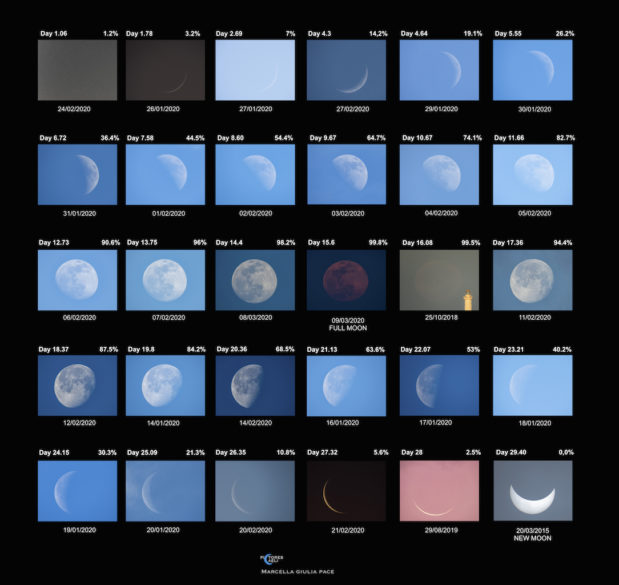
“Maestra, la la Luna si trova in cielo solo di notte e non si vede di giorno in tutte le fasi.”
In tanti anni di insegnamento nella scuola primaria mi è capitato che gli alunni mi facessero questa osservazione.
Effettivamente molti libri rappresentano la Luna come un elemento celeste che appartiene esclusivamente alla notte.
Invece la Luna tutti i giorni, per un lasso di tempo, fa compagnia al Sole durante la sua permanenza giornaliera in cielo.
Per dimostrarlo e documentarlo attraverso le foto, ho ripreso la Luna in tutte le sue fasi ponendomi la regola di catturarla solo quando in cielo sarebbe stato presente il Sole sopra l’orizzonte.
- The moon phases shot during the daylight
Le Lune quindi nell’immagine che propongo, presentano tutte uno sfondo con varie tonalità di cielo diurno.
Le fasi in cui la Luna è presente in cielo ma la sua visibilità è al limite dell’occhio umano, sono le fasi che anticipano o precedono il Novilunio.
La falce di Luna è molto sottile e bisogna conoscere la posizione esatta della Luna per riuscire a scorgerla.
In questa sequenza son riuscita riprendere una sottile falce di luna crescente con l’1.2% di illuminazione
- Thin Moon 24/02/20 ore 17:54 New Moon Moon Day: 1.06 Illumination: 1.2%
La fase di Luna Nuova è la fase che accompagna il Sole nel suo tragitto diurno.
E’ quindi presente in cielo ma non visibile. E’ vero, non è visibile, tranne in una occasione: possiamo avere testimonianza visiva della presenza della Luna nuova in cielo durante le eclissi di Sole.
Ho quindi inserito uno scatto, ripreso sempre dall’Italia, dell’eclissi parziale di Sole avvenuta nel marzo 2015. La foto è stata scattata con il solo ausilio del filtro naturale: le nubi. Il disco lunare si manifesta ben visibile sovrapposto quello solare.
- Partial Solar Eclipse 20/3/15 ore 10:31 NEW MOON Moon Day: 29.40 Illumination: 0,0%
Segue il video realizzato durante l’eclissi parziale, con gli alunni della Scuola Primaria di Cortina d’Ampezzo usando anche la tecnica del Pin Hole:
La Luna piena essendo in opposizione al Sole, sorge al tramonto del Sole e cala all’alba del giorno dopo.
In pratica, il Plenilunio sarebbe la fase in cui i due astri non si incontrano mai in cielo
Ma non tutte le Lune piene sorgono poco dopo che il Sole è tramontato e viceversa:
Ho atteso la Luna piena di questo mese poiché sorgeva qualche minuto prima che il Sole tramontasse.
- 09/03/20 ore 18:00 Full Moon Moon Day: 15.06 Illumination: 99,8%
Anche all’alba del il giorno seguente ho tentato la ripresa ma essendo nuvoloso ho inserito nella mia sequenza, una Luna catturata qualche anno fa che tramontava dopo che il sole era sorto.
- 25/10/18 ore 07:42 Full Moon Moon Day: 16.08 Illumination: 99,5%
Ho voluto inserire due fasi della Luna al Crepuscolo. Anche se avrei potuto riprenderle con il Sole sopra l’orizzonte, ho voluto sperimentare una ripresa della falce con il cielo interessato dalla luce diffusa del Sole in cielo ancora sotto l’orizzonte. Le falci del 26/1 e del 21/1 sono state riprese rispettivamente, 15 minuti dopo il tramonto e 15 minuti prima dell’alba.
- 21/02/20 ore 06:18 Waning Crescent Moon Day: 27.32 Illumination: 5.6%
- 26/01/20 ore 17:31 Waxing Crescent Moon Day: 1.78 Illumination: 3.2%
Per rendere anche più fedele questo tipo di lavoro mi sono imposta di riprendere quante più fasi possibili, con le stesse impostazioni della macchina fotografica.
Tutte le foto hanno avuto lo stesso tipo di elaborazione
Ho utilizzato queste regole per ottenere un confronto più affidabile delle colorazioni del cielo e delle gradazioni di azzurro-blu.
Tutte le foto quindi seguono queste impostazioni:
canon sx 60hs, f8, 1/200 sec, ISO 100, 247mm
Fanno eccezione:
la luna del 21/2 : 1/15 sec
la luna del 26/1: 1/50 sec.
la luna del 27/1: 1/160 sec.
la luna del 9/3: 1/15 sec
la luna del 11/2: 1/125 sec.
la luna dell’eclissi di Sole.
******************************
– the Moon during the solar eclipse.
- 29/08/19 ore 6:13 Waning Crescent Moon Day: 28 Illumination: 2.5%
- 21/02/20 ore 06:18 Waning Crescent Moon Day: 27.32 Illumination: 5.6%
- 20/02/20 ore 07:00 Waning Crescent Moon Day: 26.35 Illumination: 10.8%
- 20/01/20 ore 08:18 Waning Crescent Moon Day: 25.09 Illumination: 21.3%
- 19/01/20 ore 09:46 Waning Crescent Moon Day: 24.15 Illumination: 30.3%
- 18/01/20 ore 11:16 Third Quarter Moon Day: 23.21 Illumination: 40.2%
- 17/01/20 ore 07:57 Third Quarter Moon Day: 22.07 Illumination: 53.0%
- 16/01/20 ore 09:24 Waning Gibbous Moon Day: 21.13 Illumination: 63.6%
- 14/02/20 ore 07:19 Waning Gibbous Moon Day: 20.36 Illumination: 68,5%
- 14/01/20 ore 08:03 Waning Gibbous Moon Day: 19.8 Illumination: 84.2%
- 12/02/20 ore 07:34 Waning Gibbous Moon Day: 18.37 Illumination: 87,5%
- 11/02/20 ore 07:14 Waning Gibbous Moon Day: 17.36 Illumination: 94,4%
- 09/03/20 ore 18:00 Full Moon Moon Day: 15.06 Illumination: 99,8%
- 25/10/18 ore 07:42 Full Moon Moon Day: 16.08 Illumination: 99,5%
- 08/03/20 ore 17:34 Waxing Gibbous Moon Day: 14.04 Illumination: 98,2%
- 07/02/20 ore 16:48 Waxing Gibbous Moon Day: 13.75 Illumination: 96,2%
- 06/02/20 ore 16:17 Waxing Gibbous Moon Day: 12.73 Illumination: 90,6%
- 05/02/20 ore 14:36 Waxing Gibbous Moon Day: 11.66 Illumination: 82,7%
- 04/02/20 ore 14:47 Waxing Gibbous Moon Day: 10.67 Illumination: 74,1%
- 03/02/20 ore 14:48 Waxing Gibbous Moon Day: 09.67 Illumination: 64.7%
- 02/02/20 ore 13:11 First Quarter Moon Day: 8.60 Illumination: 54.4%
- 01/02/20 ore 12:43 First Quarter Moon Day: 7.58 Illumination: 44.5%
- 31/01/20 ore 15:52 Waxing Crescent Moon Day: 6.72 Illumination: 36.4%
- 30/01/20 ore 11:50 Waxing Crescent Moon Day: 5.55 Illumination: 26.2%
- 29/01/20 ore 13:59 Waxing Crescent Moon Day: 4.64 Illumination: 19.1%
- 27/02/20 ore 17:20 Waxing Crescent Moon Day: 4.03 Illumination: 14.2%
- 27/01/20 ore 15:20 Waxing Crescent Moon Day: 2.69 Illumination: 7%
- 26/01/20 ore 17:31 Waxing Crescent Moon Day: 1.78 Illumination: 3.2%
- Thin Moon 24/02/20 ore 17:54 New Moon Moon Day: 1.06 Illumination: 1.2%
- Partial Solar Eclipse 20/3/15 ore 10:31 NEW MOON Moon Day: 29.40 Illumination: 0,0%




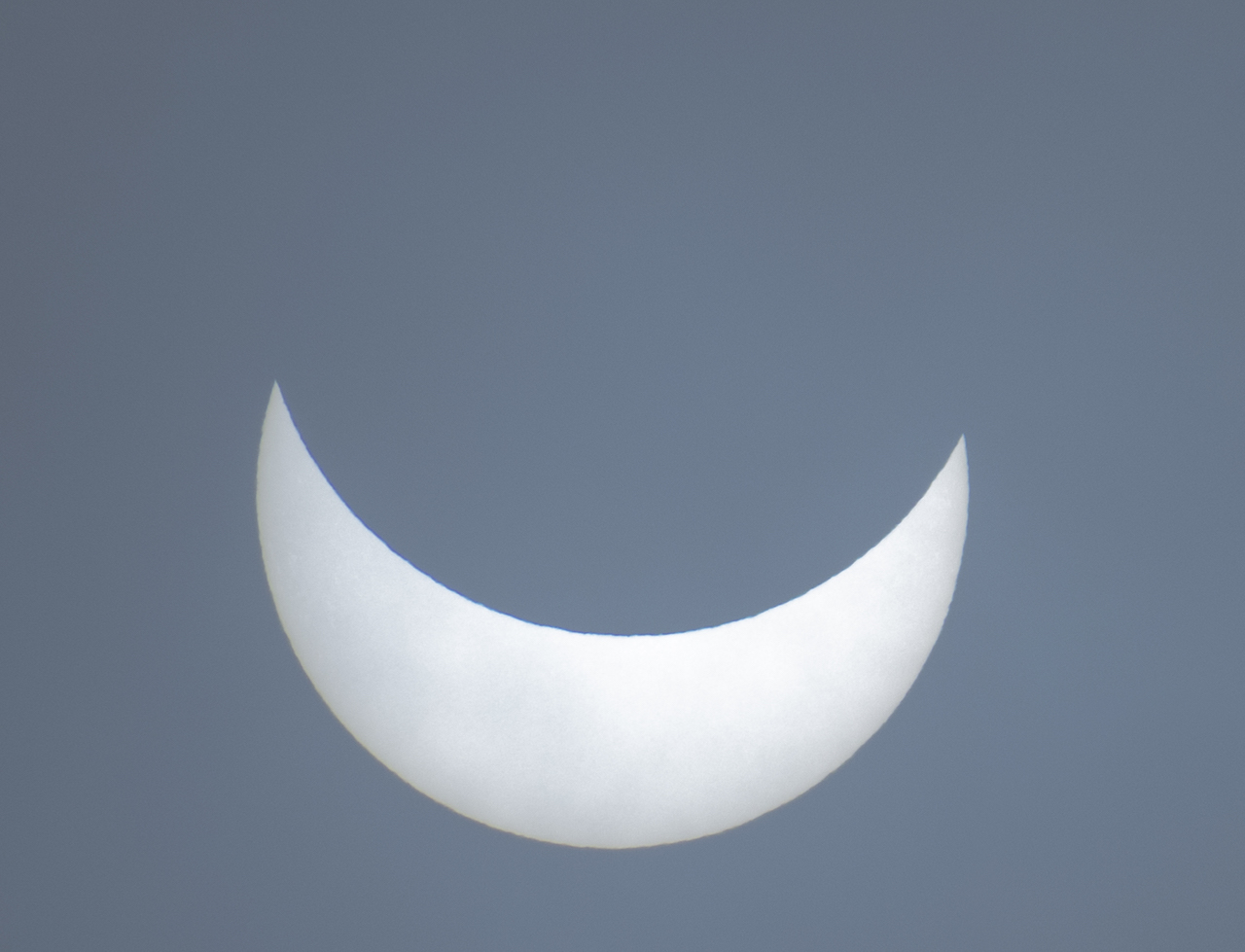




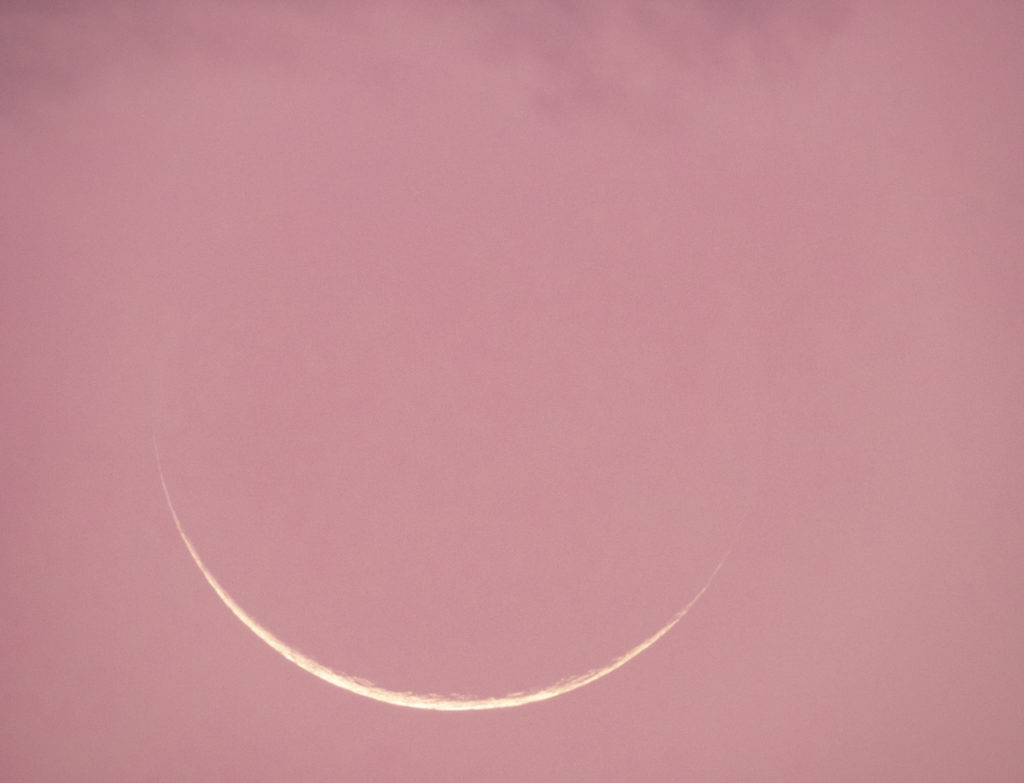
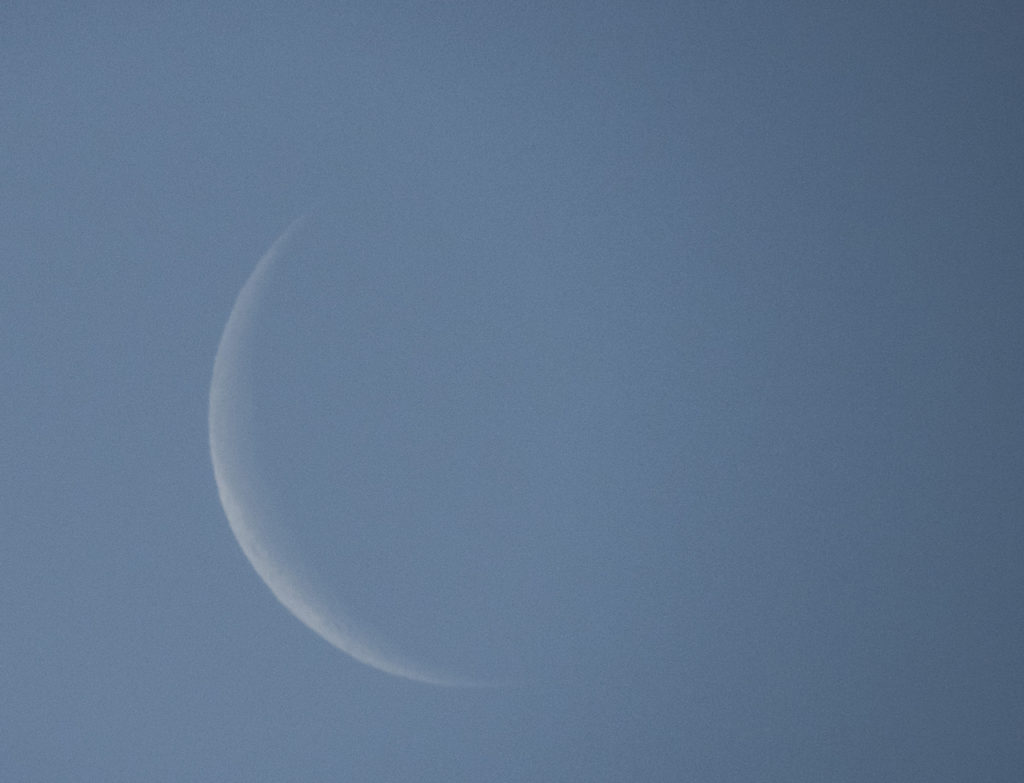
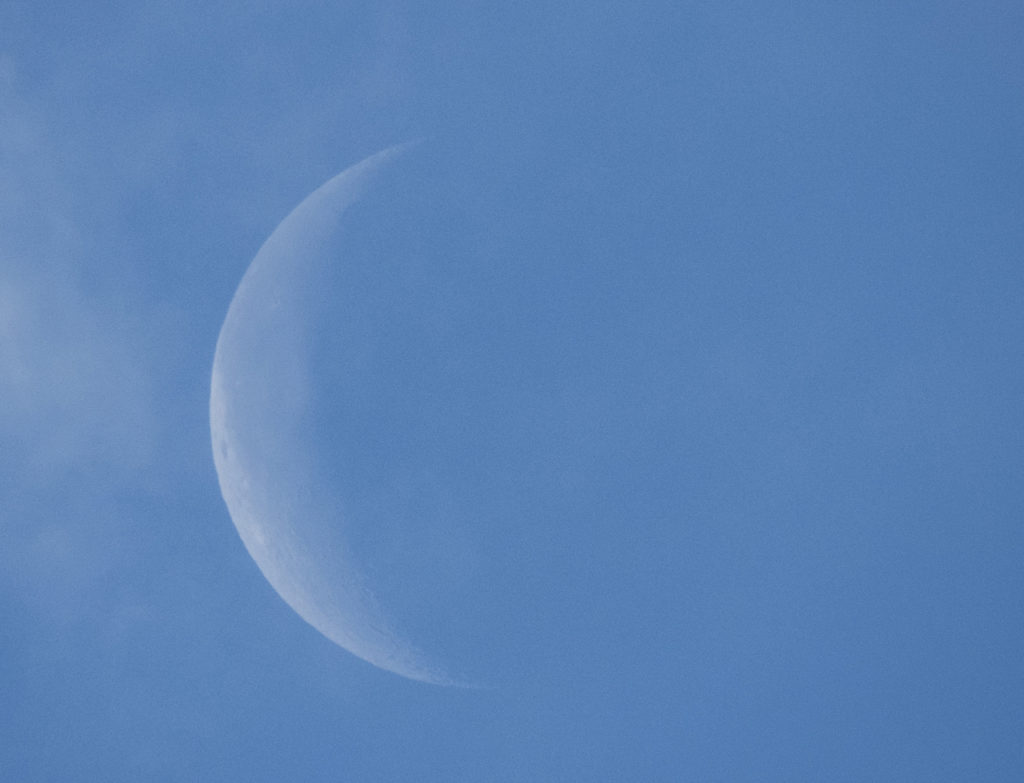
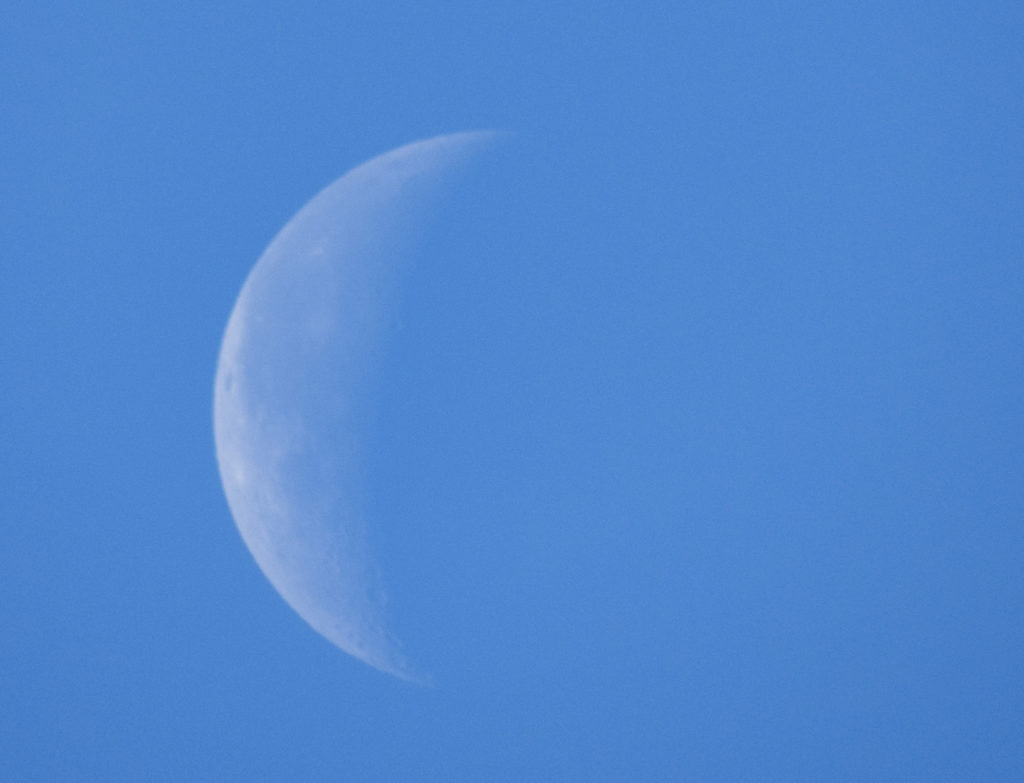
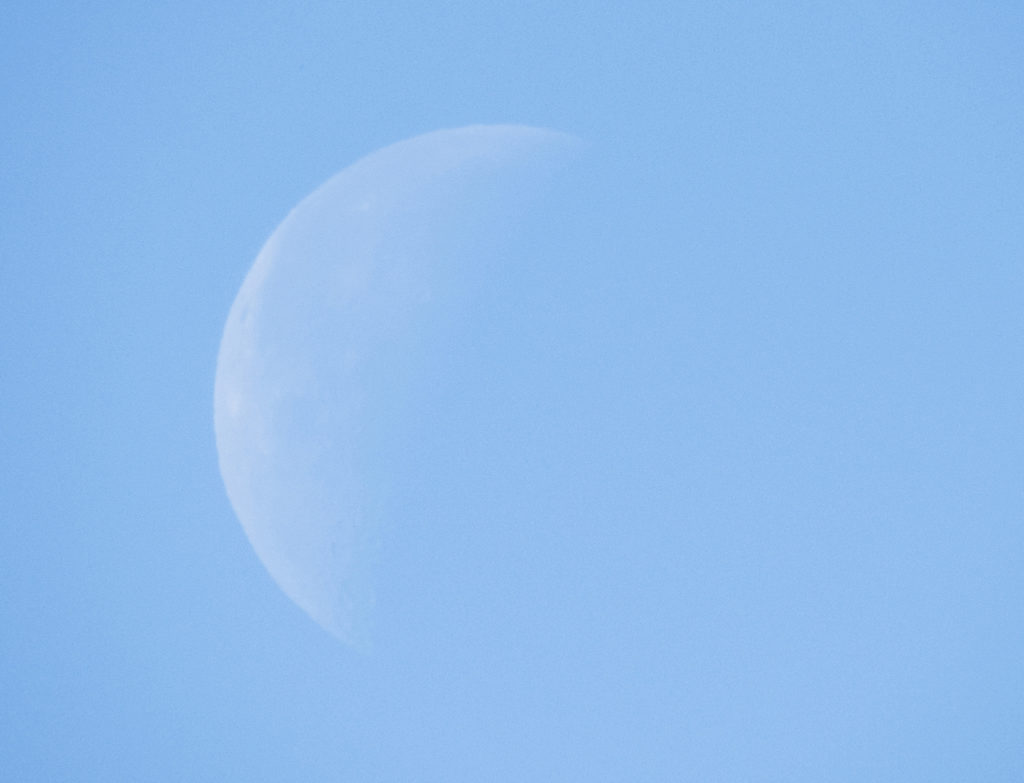
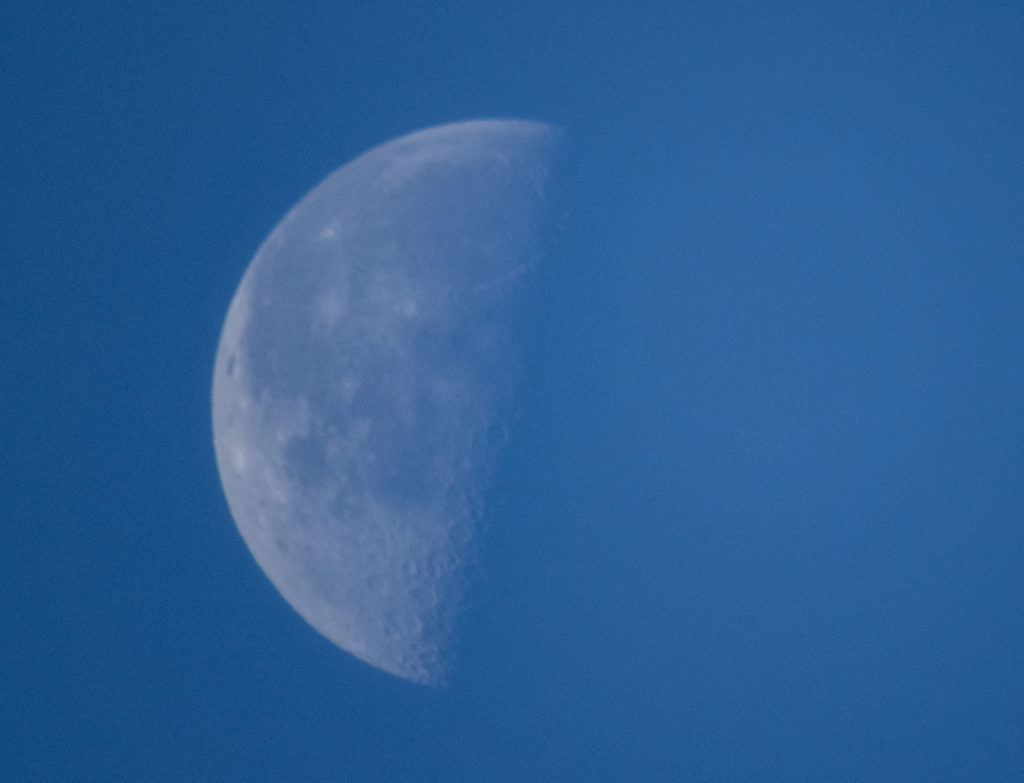
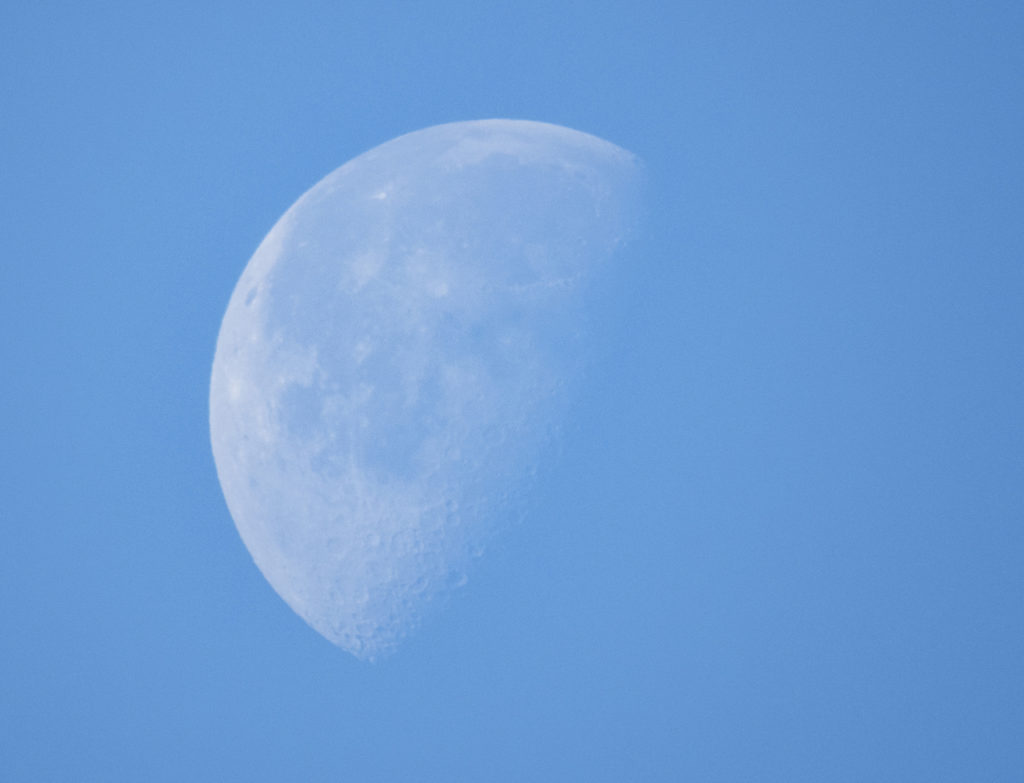
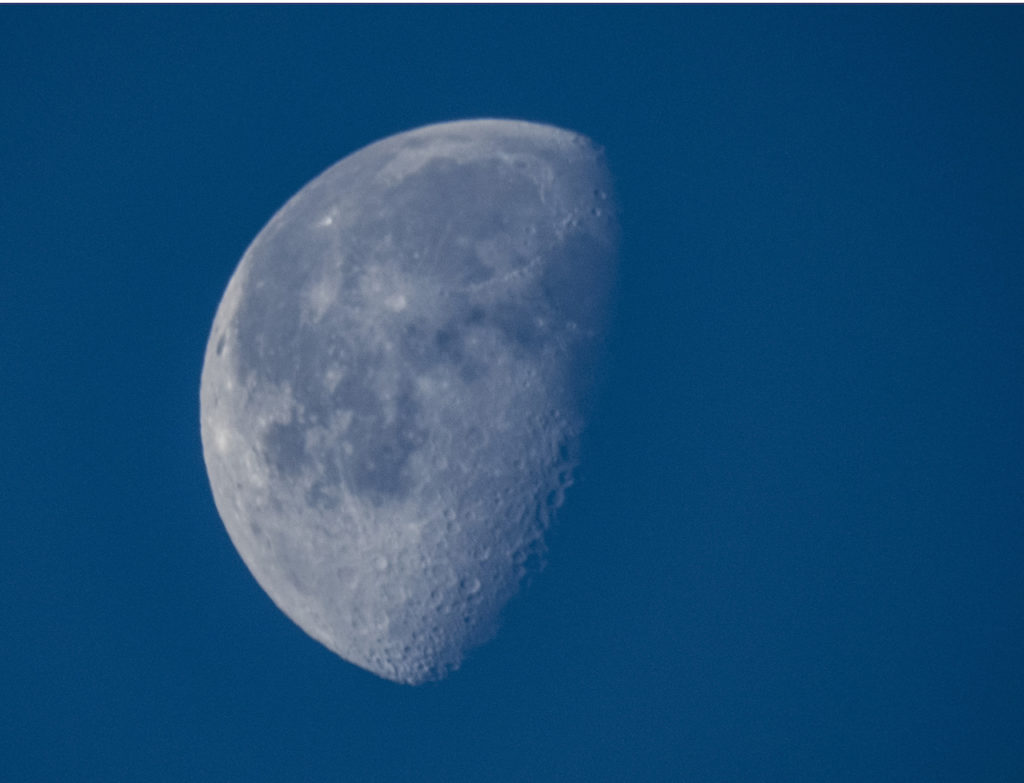
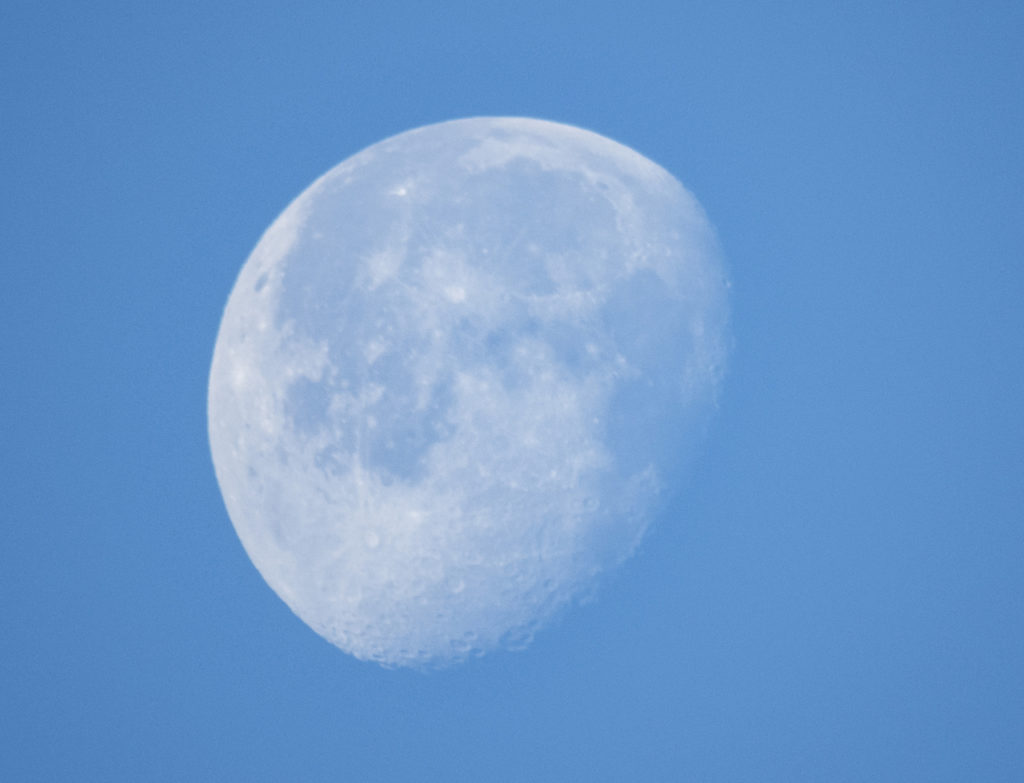
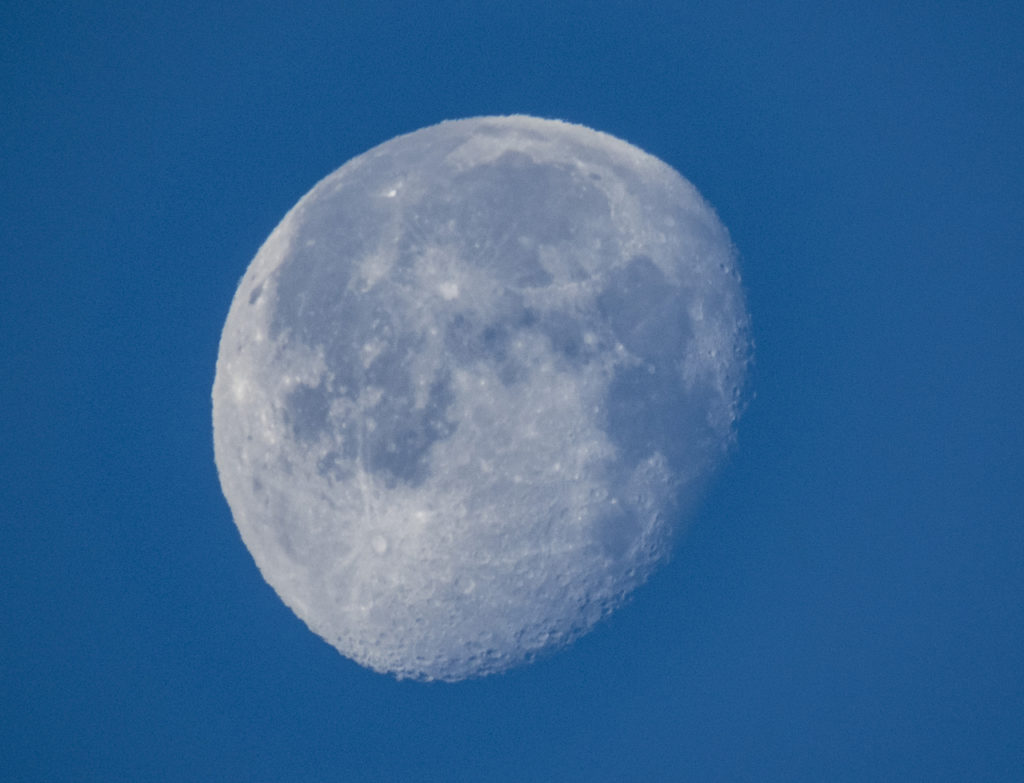
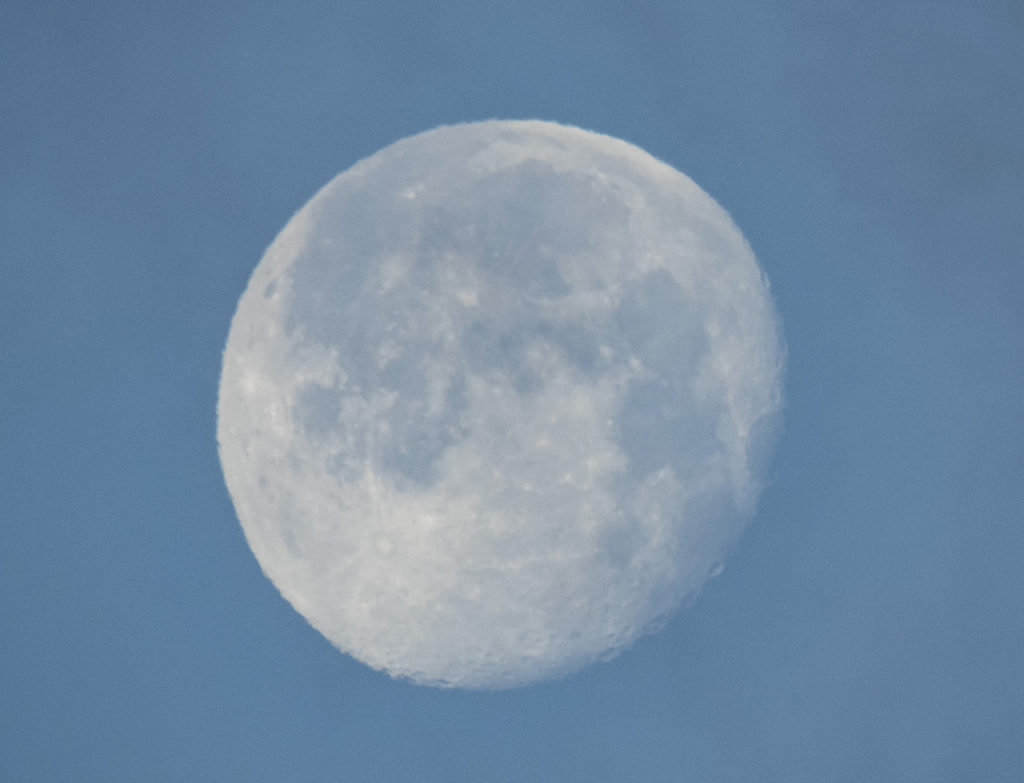
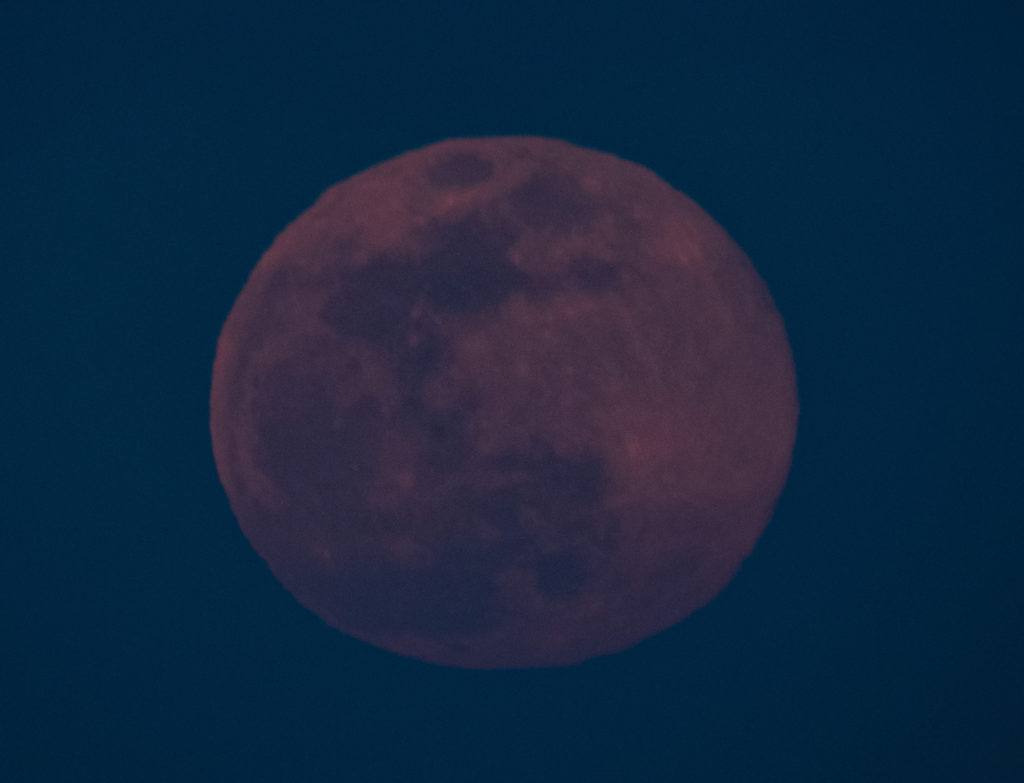
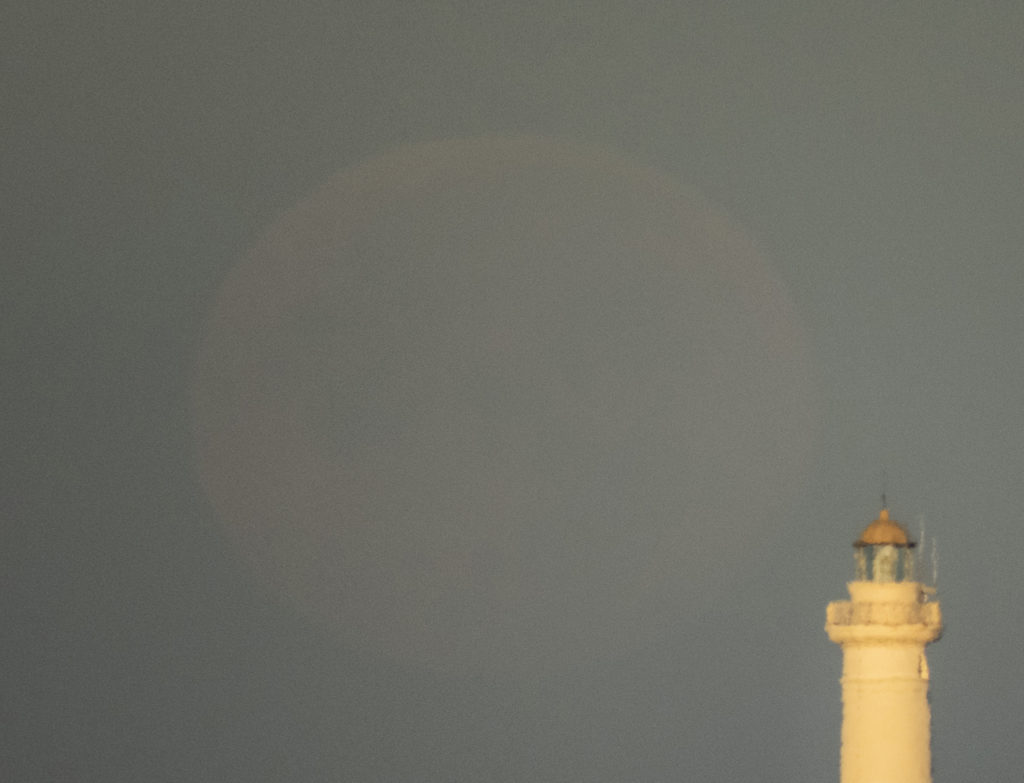
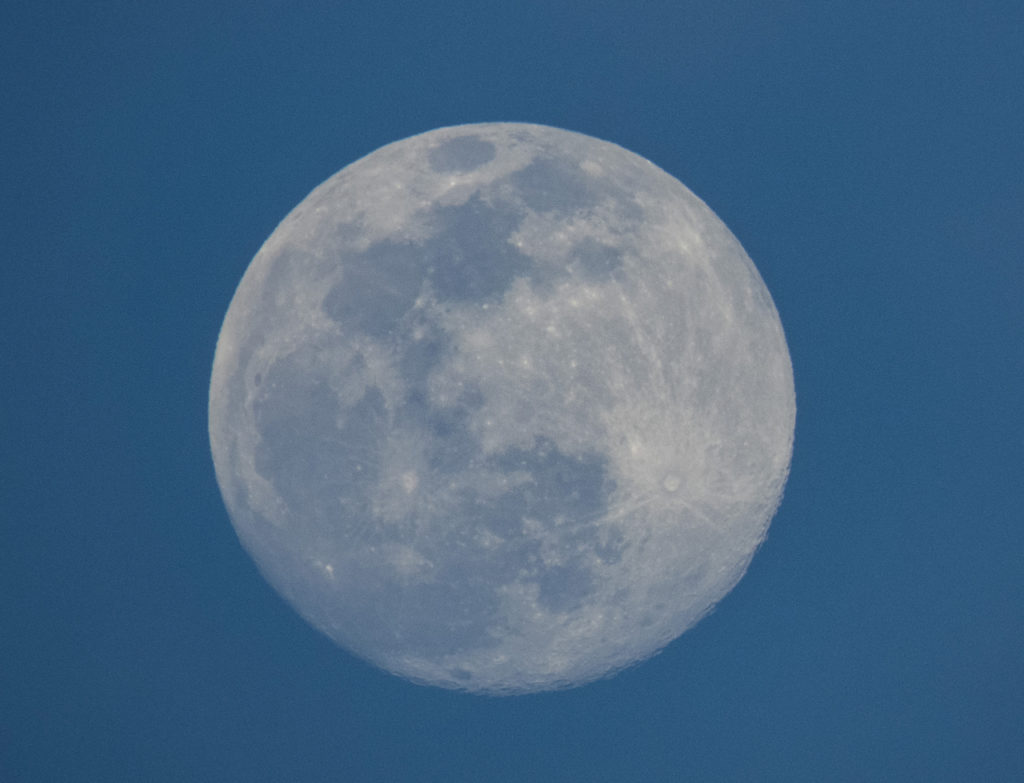
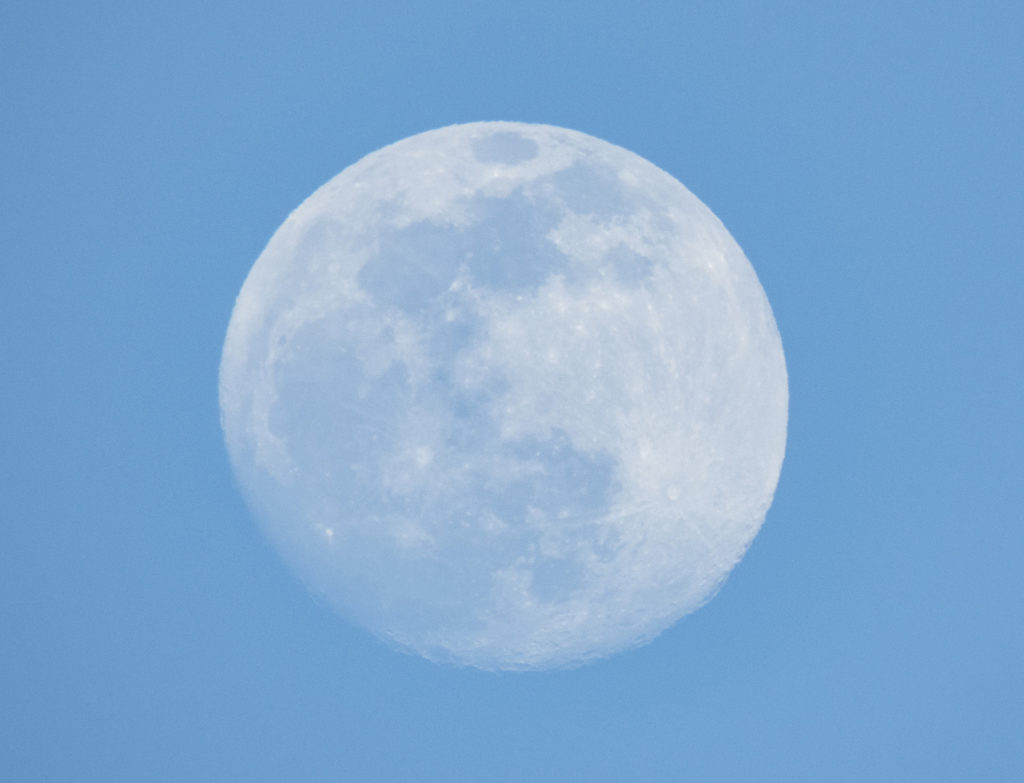
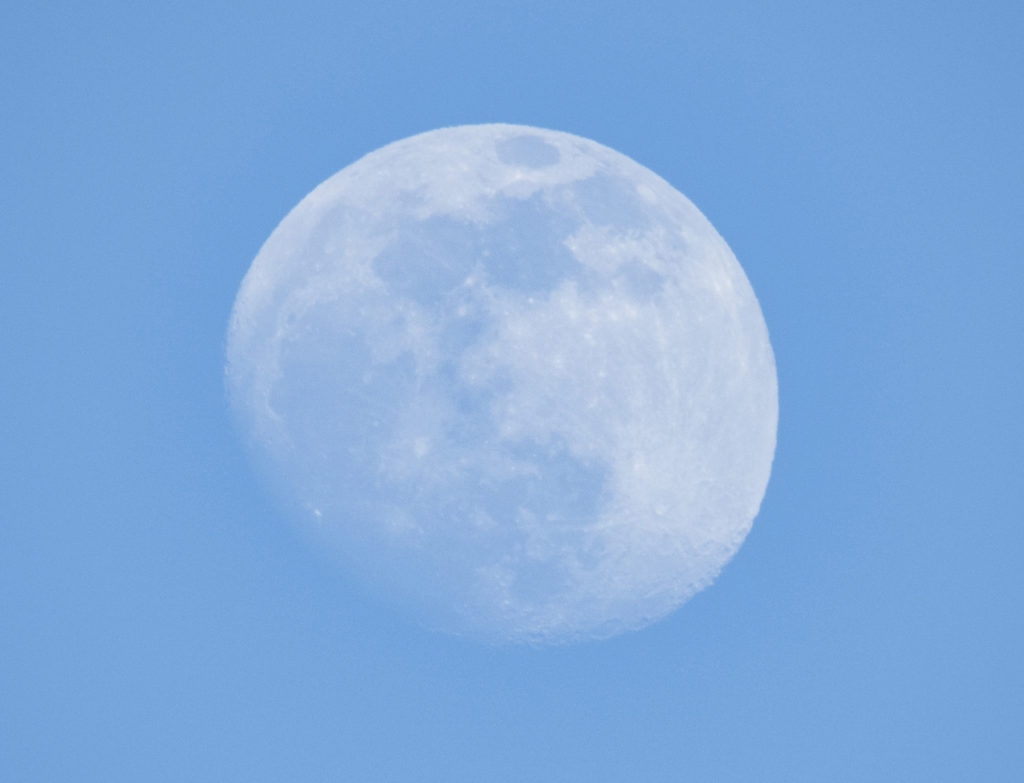
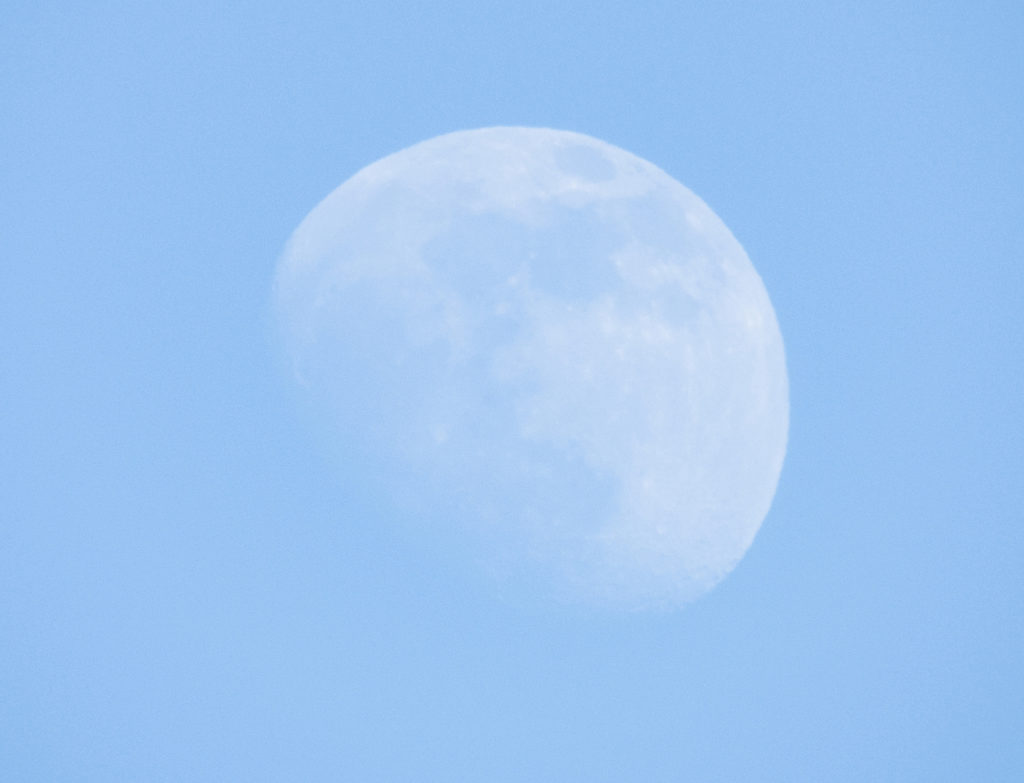

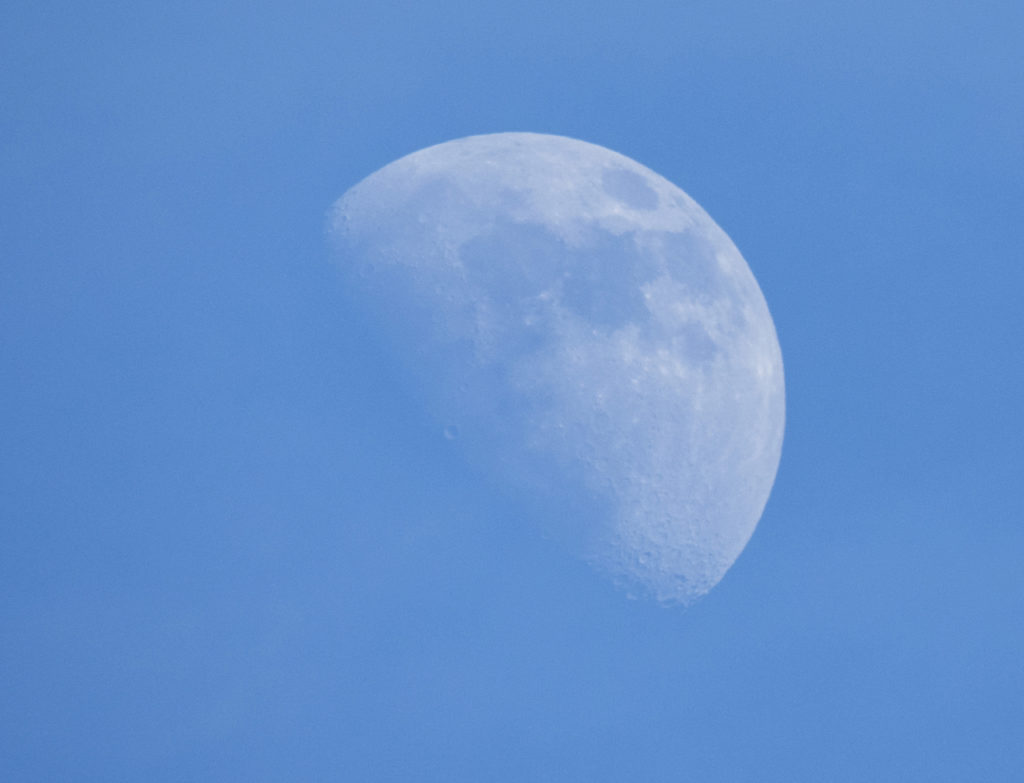
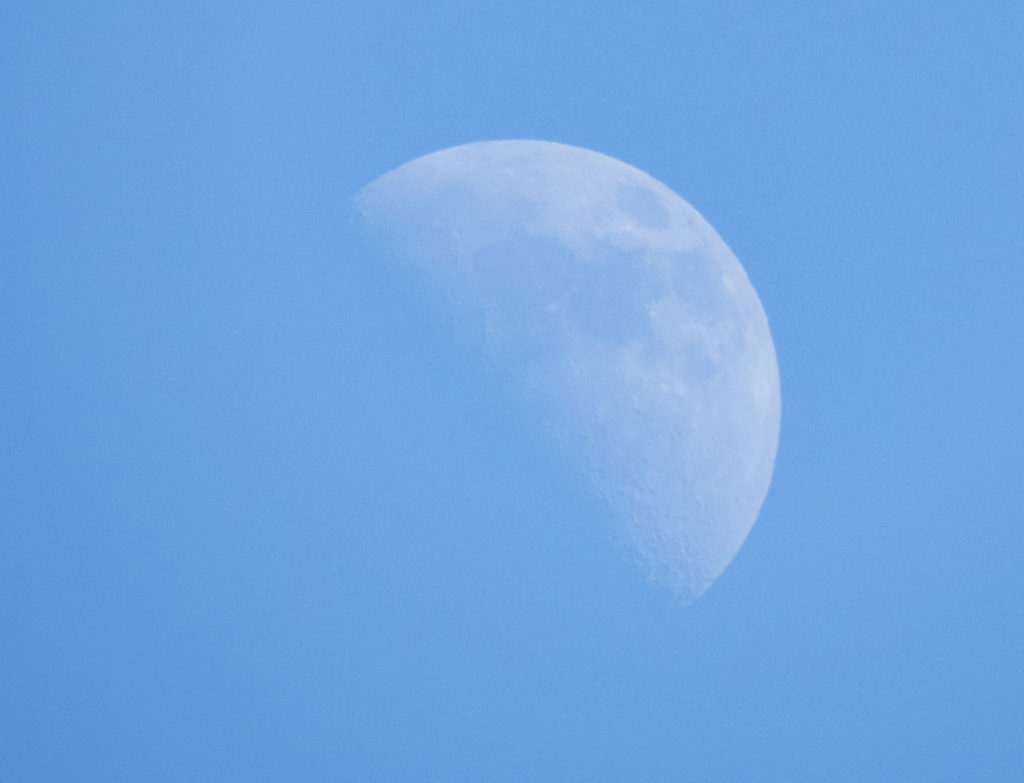
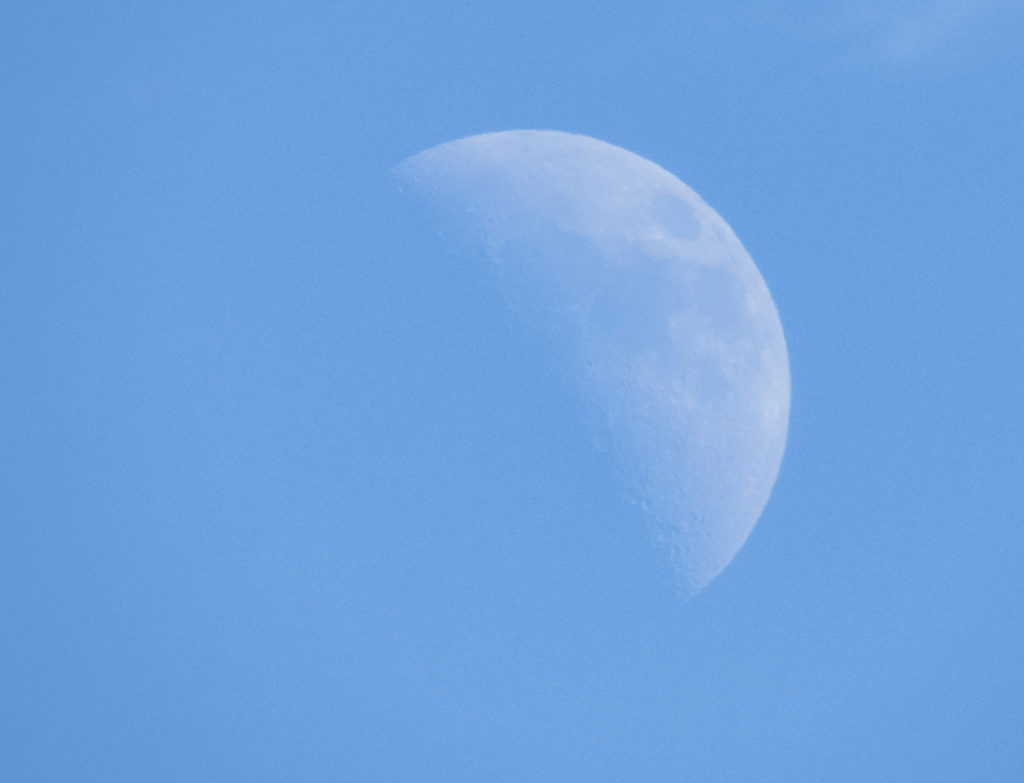
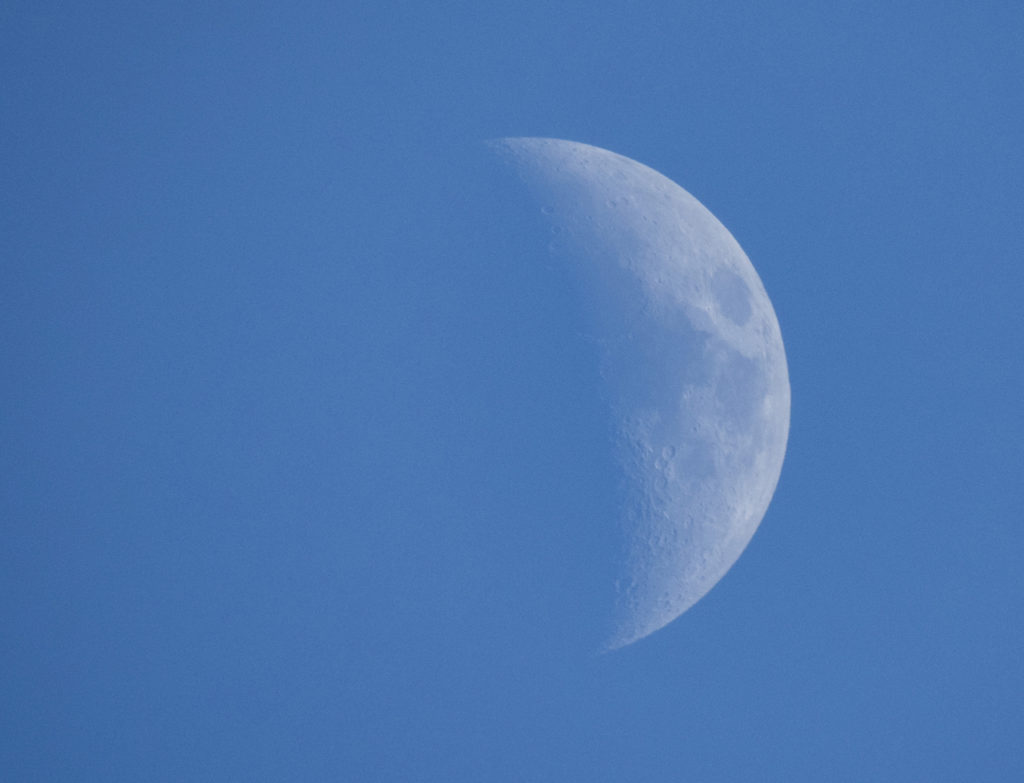

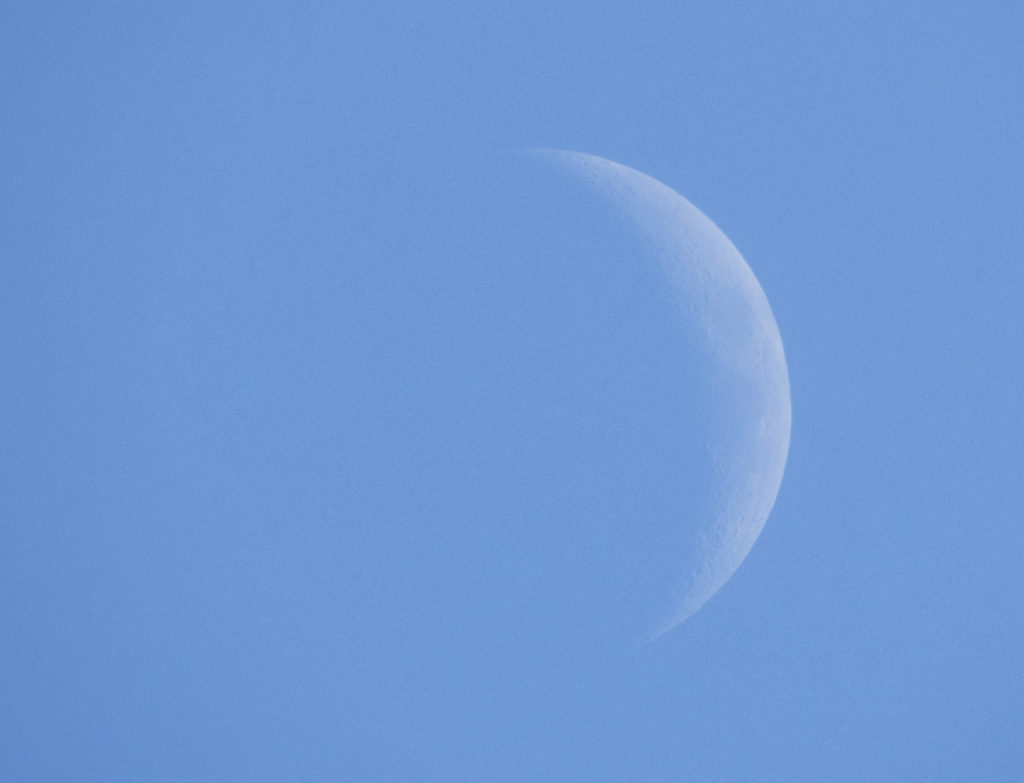
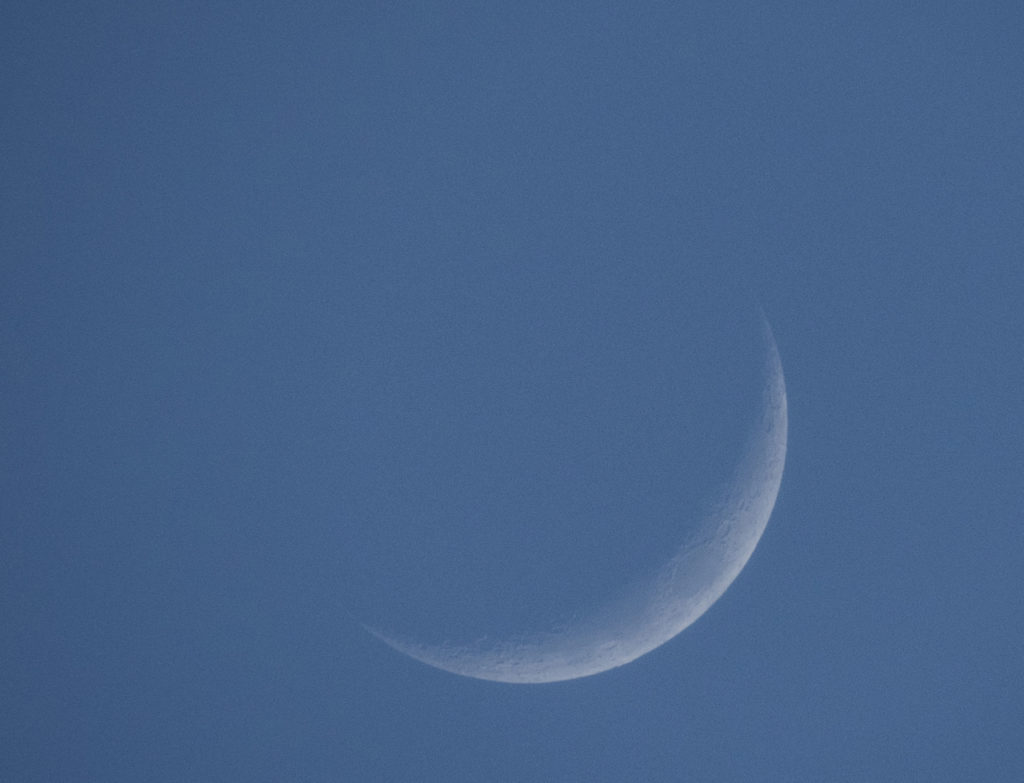
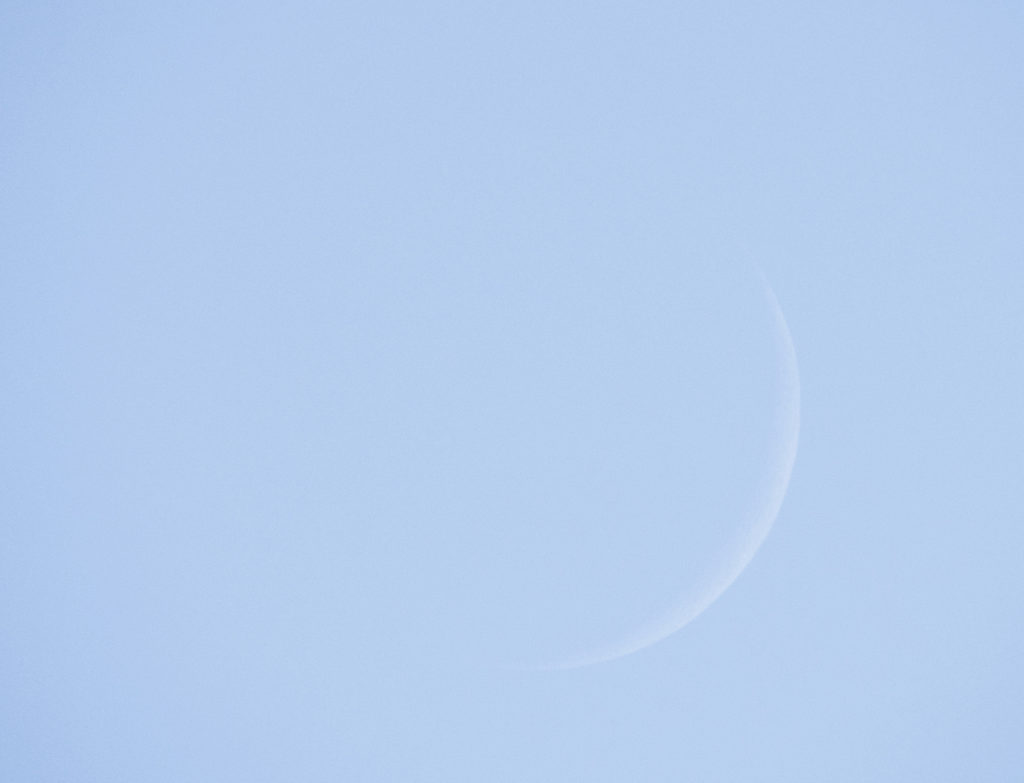

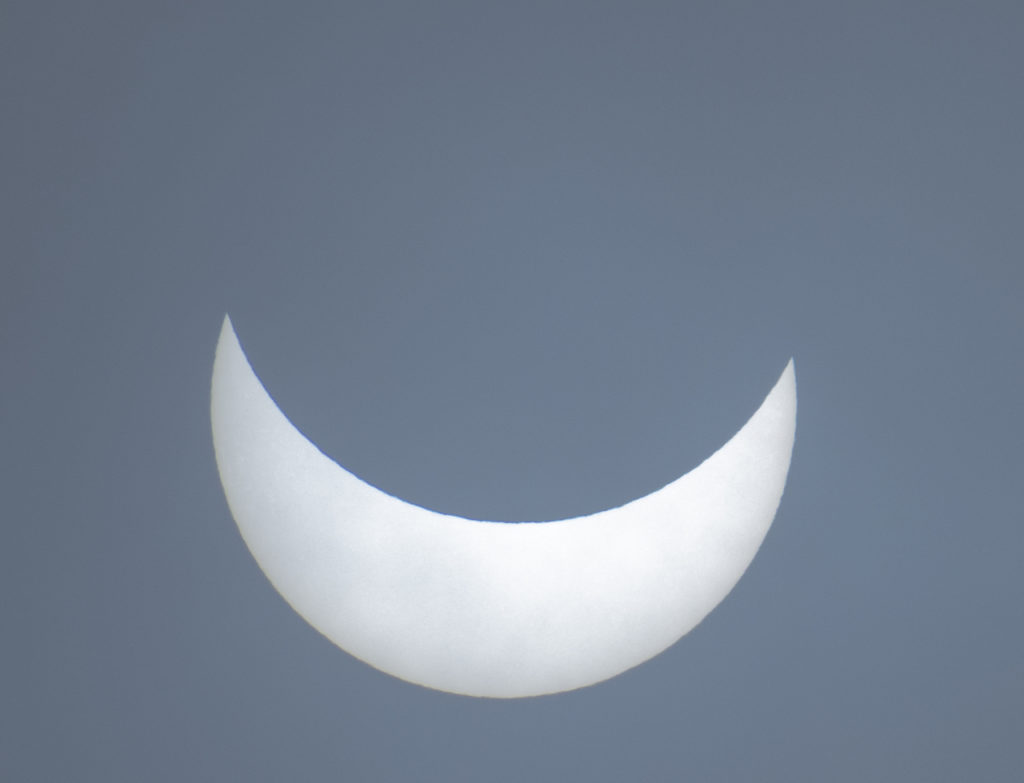

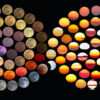
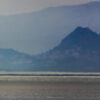
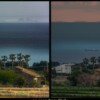
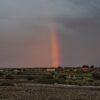
Matteo Raffaelli
ma che bel lavoro che scopro solo ora, complimentoni! Me lo guardo ora con calma, ma devo dire che tra utilizzo dei mezzi informatici e competenza astronomica è veramente un bellissimo lavoro. Soprattutto in ambito scolastico non è facile trovare tanta qualità.
Marcella Giulia Pace
Grazie mille 😀
Matteo Raffaelli
le ho scritto in privato su Fb perché vorrei usare parti dell’articolo e foto nel mio post sulla luna che sto per terminare e magari anche nei successivi, se mi da il permesso, ovviamente sempre citando fonte, link e tag. Le segnalo quello che potrebbe essere un refuso, credo, tra l’altro nel testo:
“Le fasi in cui la Luna è presente nel cielo ma visibile solo all’occhio umano, sono le fasi che anticipano o precedono la Luna Nuova.” Forse doveva esserci scritto IN-VISIBILE solo all’occhio umano, a meno che non sai dove guardare? Grazie